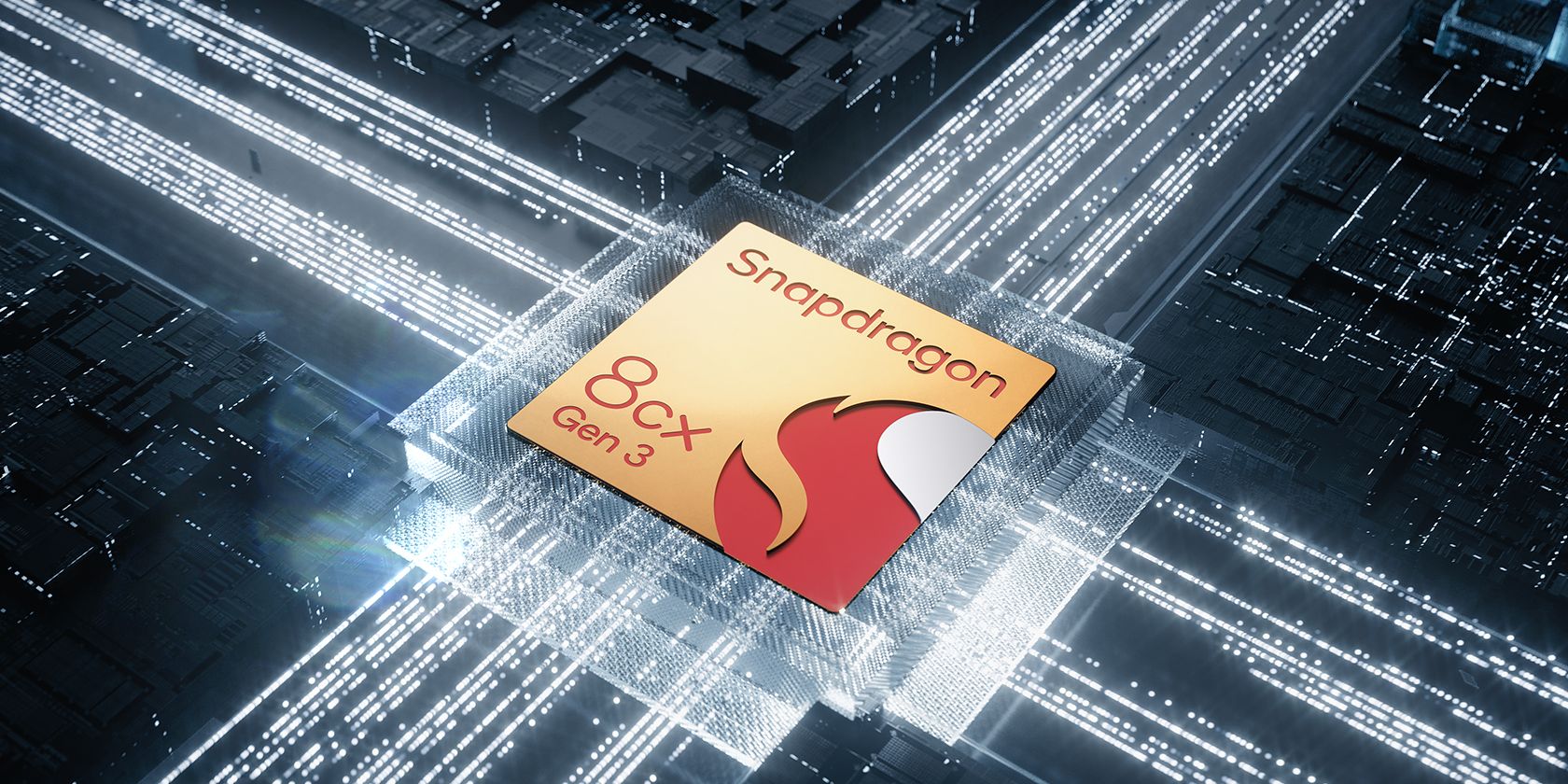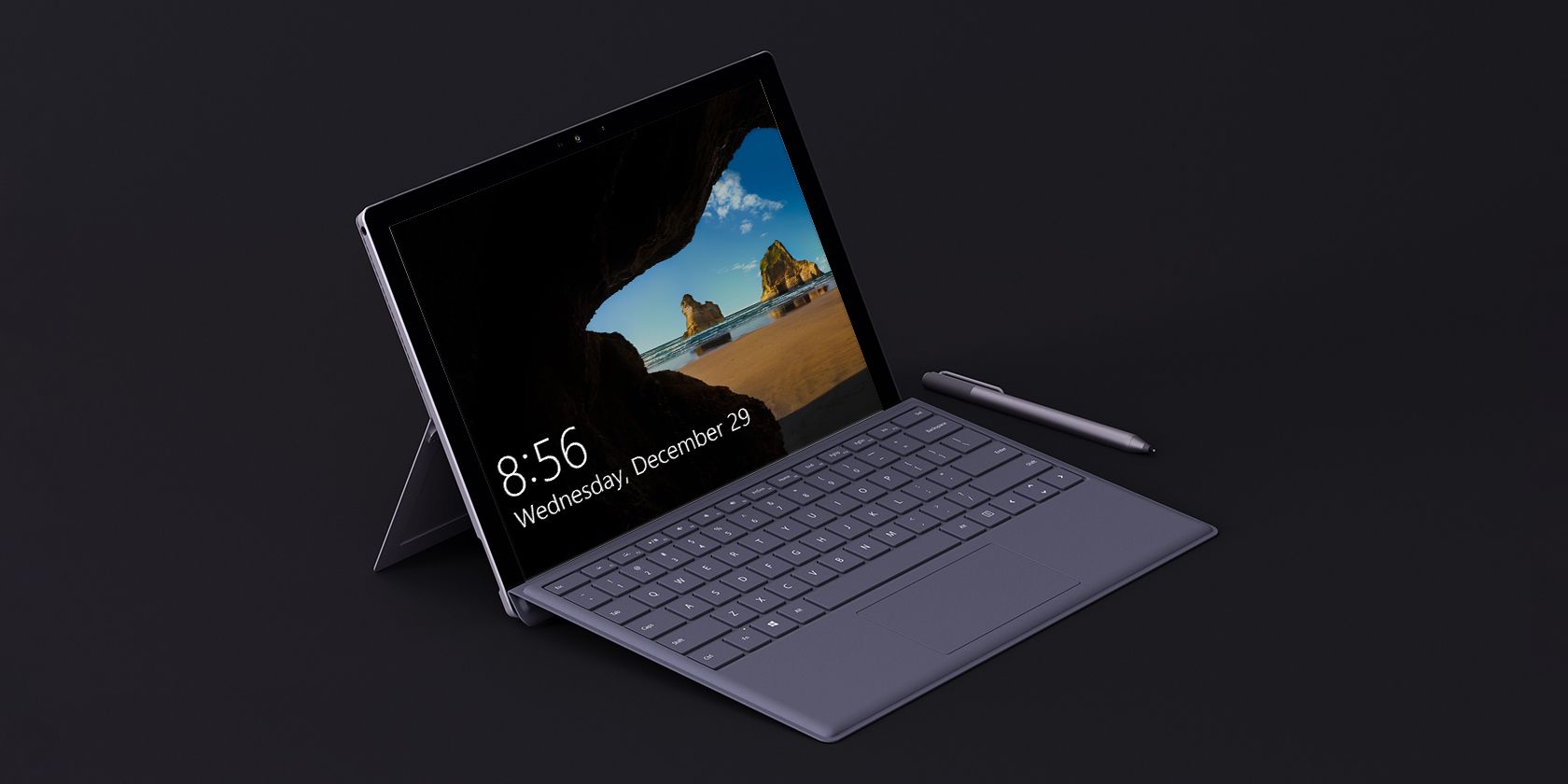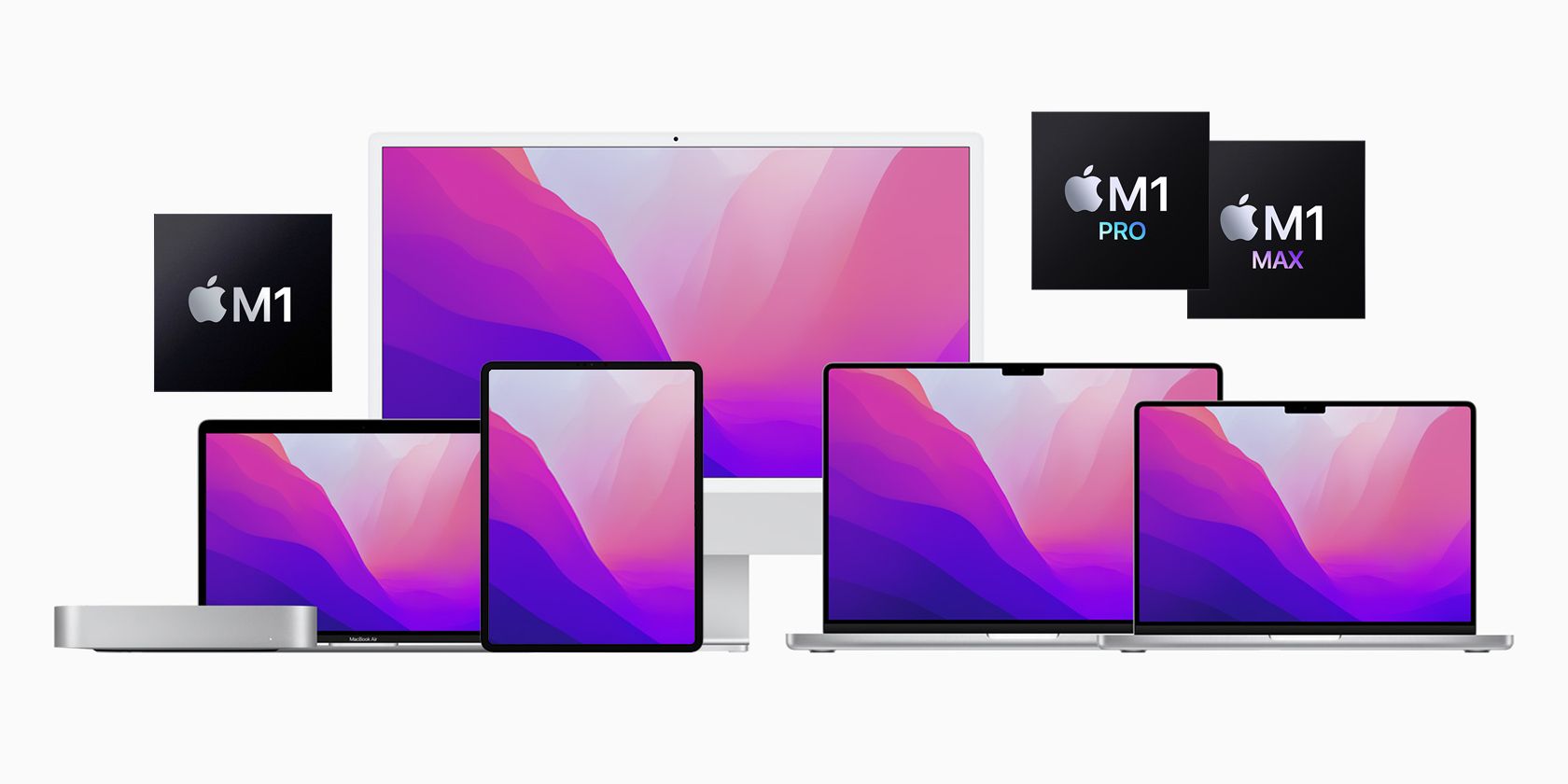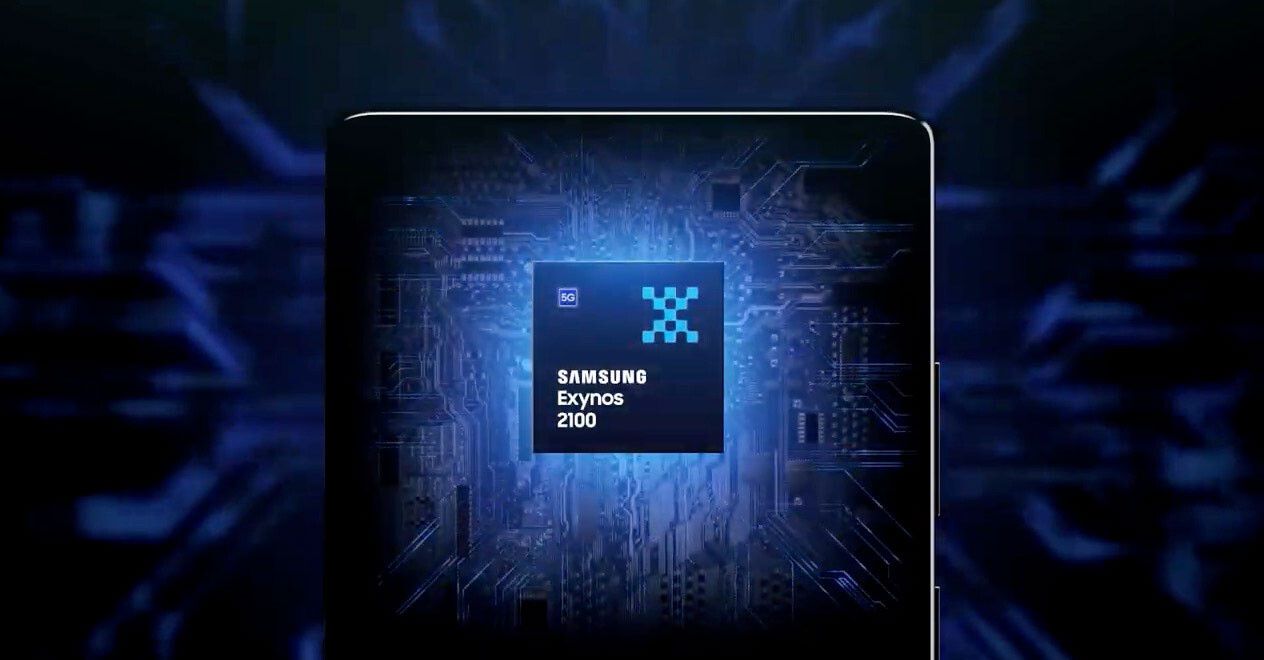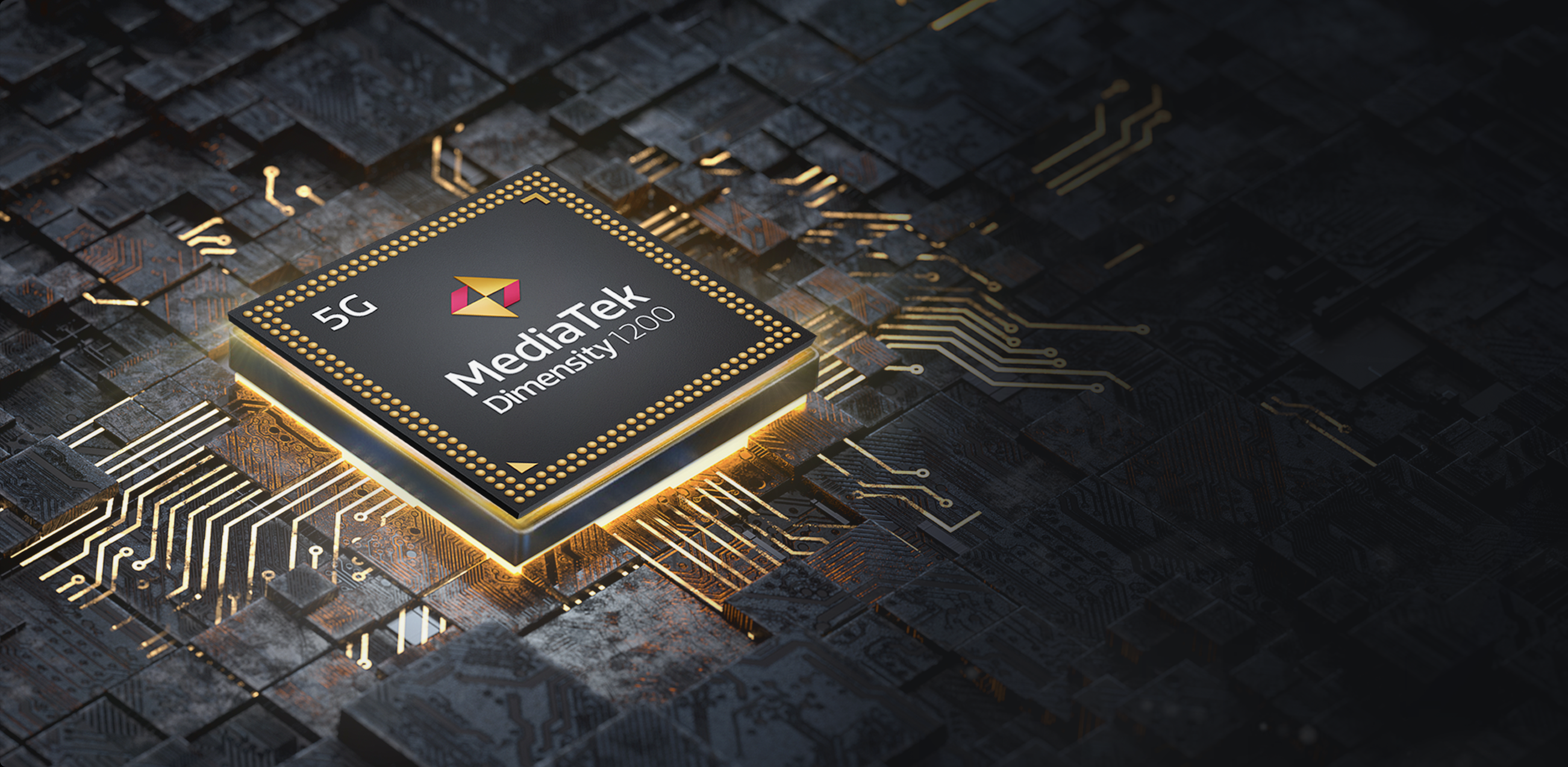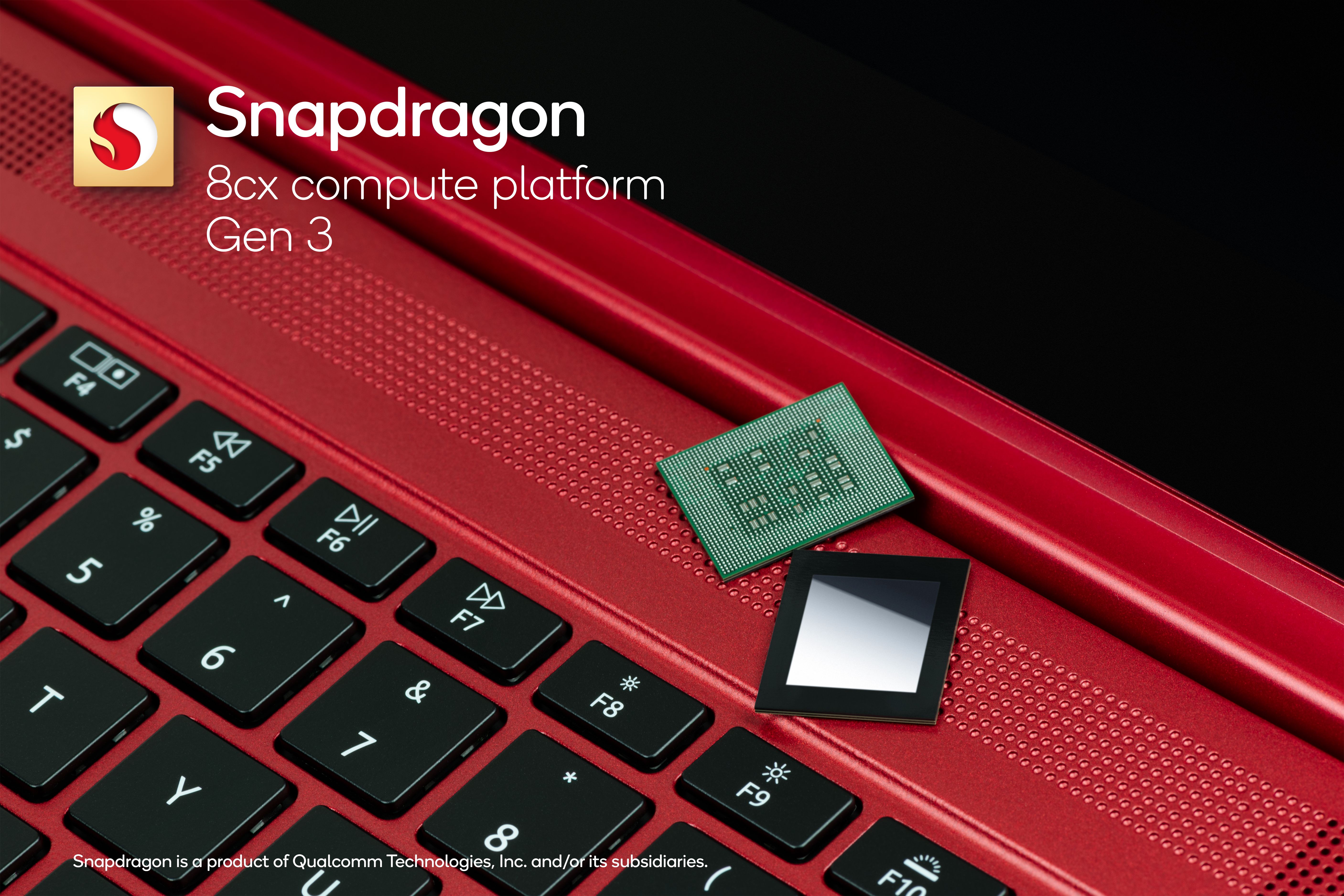Although Intel's latest 12th-gen processor and AMD's Ryzen line still provide outstanding power, Apple's M1 silicon, using the ARM architecture, is simply way more efficient than the x86 chip. This allows the new MacBook devices to have longer battery life and produce less heat than their PC counterparts.
In 2021, Qualcomm aimed its sights at Intel and AMD with its acquisition of Nuvia. This small startup focuses on designing ARM chips for computer workloads. So, is this the dawn of high-performance ARM chips for Windows? What will this mean for us and the future of computing?
The Failed Windows RT
The first ARM-powered Windows devices came out in 2012 under Windows RT. While designed to run on lighter and more portable devices like tablets, reception towards the new release was lukewarm at best.
One of the reasons for this is that Windows RT ran on generally less capable hardware and can only run apps from the Microsoft Store, unlike the Standard Windows 8 OS, which can run any x86 app. By 2015, Microsoft ceased updating the OS and instead focused on Windows 10, which runs on both ARM and x86 processors.
Qualcomm and Windows 10
While Windows RT didn't work out as Microsoft hoped, they still had their sights on the future of the ARM processor. So, in 2016, they signed an exclusive deal with Qualcomm that integrates its processors with Windows.
While that's good news for the compatibility of the OS and Qualcomm's ARM chips, it means that other manufacturers like MediaTek can't get in on the action. This is also probably why Windows 11 can't run Apple M1 silicon, despite being ARM-compatible.
Nevertheless, according to XDA, the deal between Qualcomm and Microsoft has an expiry date. While the source didn't give an exact date for the end of the agreement, it's expected to lapse soon. Once that happens, other chipmakers can now work with Microsoft to ensure compatibility with their systems.
Apple Beats Microsoft in the ARM Race
While Microsoft continued working with both x86 and ARM chips for their operating system, Apple decided to go all in and launched the M1-powered Macs and iPads last November 2020. This ARM processor powered the MacBook Air, MacBook Pro, Mac Mini, iMac, and iPad Pro.
The power of the ARM processor allowed these devices to have the same or better performance compared to the 11th-gen Intel i7 chips. But what made the M1 chips special is their efficiency.
According to tests, the ARM-powered M1 laptops can last over 16 hours on a full charge. Its nearest x86-powered competitors could only manage around 12 hours. Furthermore, the chip's design is so efficient that the entry-level MacBook M1 Air doesn't even have a fan in its chassis.
Samsung Partners With AMD
In 2019, Samsung inked a partnership with AMD to integrate the latter's GPU tech with the former's processors. Fast forward to 2021, and there are several hints that this partnership has come to fruition with the Exynos 2200.
According to a prominent tech leaker, this new chip, expected to power the Samsung Galaxy S22, has a sustained 20% bump in performance, with peak gains at 34%, over the previous generation Exynos 2100. It also has an advantage over the Snapdragon 888 in 3DMark benchmarks.
Samsung-focused SamMobile suggests that this chip requires cooling not possible in the cramped form factor of smartphones, meaning its performance is thermally limited. If this is true, it makes sense that Samsung makes the Exynos 2200 available for other applications, like laptops and desktop computers, where makers can install a more robust cooling solution.
MediaTek's Plans
Aside from Qualcomm, MediaTek is one of the biggest smartphone chipmakers. In their November 2021 Executive Summit, the company announced that they plan to make ARM-based chips for Windows.
According to Eric Fisher, MediaTek VP for Corporate Sales and Business Development, "Apple has shown the world that it can be done. The Wintel partnership that's gone on for so long has to be under some pressure, and when there's pressure, there's an opportunity for companies like ours."
While we're not expecting MediaTek to come out with a chip anytime soon, they're already making the MediaTek Kompanio processor for Chromebooks and 5G modems for Intel computers. This shows the company is already on the right path to building an ARM chip for Windows devices.
Qualcomm Buys Nuvia
In the first quarter of 2021, Qualcomm finalized its purchase of Nuvia, a startup company focused on designing high-performance chips. While the company already offers the top-end Snapdragon 8cx Gen 3 and entry-level Snapdragon 7c+ Gen 3 chips for PC applications, they still have a long way to go to gather market share in the Windows laptop and desktop space.
And as competition ramps up for the ARM-powered computer, with Apple already leading the race, Qualcomm needs to improve the performance of their chips further. According to Geekbench 5 results, the latest Snapdragon 8cx Gen 3 substantially lags behind the Apple M1 in terms of processing power, even if it was running Windows in a virtual machine environment, which significantly degrades performance.
By bringing Nuvia's into the fold, Qualcomm can leverage its expertise to develop high-powered ARM chips for Windows that compete against Intel and AMD's x86 offerings and Apple's M1 silicon.
Windows 11 and Android
Aside from poor hardware performance, one of the biggest stumbling blocks to Windows RT's success is its lack of app selection. Windows users are used to the wide availability of software. But as Apple has proven with Rosetta 2, you can successfully emulate the x86-64 environment to run legacy apps with a minimal performance penalty.
And like Windows 10, Windows 11 also runs natively on ARM processors. This reduced consumers' confusion with Windows RT and Windows 8, allowing Microsoft to show that ARM-powered Windows devices are no different from Windows computers with traditional x86 chips.
To further this integration between ARM and Windows, Windows 11 supports x86-64 emulation right off the bat—no third-party apps necessary.
And with Microsoft making moves to make Android apps available on Windows 11 via the Amazon Appstore and Google making Android Games available for windows, this could eventually lead to the availability of the massive number of apps in the Google Play Store to Windows.
Is x86 on the Way Out?
With Apple pushing the boundary on ARM processors for computers, Windows is hard-pressed to provide a similar experience in their devices. While the latest x86 chips from Intel and AMD deliver performance that can compete and even outclass Apple's M1 silicon, the former cannot match the latter's efficiency.
While we're still expecting to see x86 chips in the near future, ARM processors are slowly but surely gaining traction. AWS, the largest cloud service provider globally, and Fugaku, the world's fastest supercomputer at the time of writing, use ARM chips to power them.
Only time will tell if ARM will completely supplant the x86 processor in the future. But in the meantime, we can enjoy the innovation and competition between these two systems, allowing us, the consumer, to have more choices when picking out a computer.

